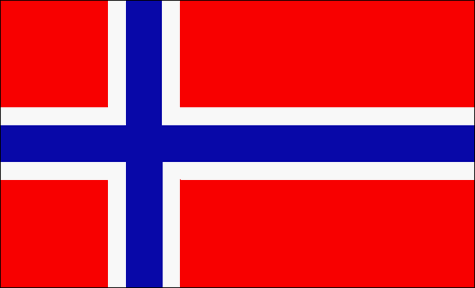Login form
Customs of Norway
Marriage and Family
 It is common for couples to live together before marriage or instead of getting married. Families tend to be small. Husbands and wives usually consider each other equal in authority as far as running the household is concerned, and it is common for both to work outside the home. Women make up almost half of the labor force and account for about one-third of the seats in parliament. Child care and other family social-welfare programs are considerably more generous than in most countries. Many families own their houses or apartments, and more than one-third also own or part-own a cabin in the mountains or by the sea.
It is common for couples to live together before marriage or instead of getting married. Families tend to be small. Husbands and wives usually consider each other equal in authority as far as running the household is concerned, and it is common for both to work outside the home. Women make up almost half of the labor force and account for about one-third of the seats in parliament. Child care and other family social-welfare programs are considerably more generous than in most countries. Many families own their houses or apartments, and more than one-third also own or part-own a cabin in the mountains or by the sea.
Eating
Breakfast usually consists of open-faced sandwiches and milk or coffee, and lunch is often the same. Meat or fish, potatoes, vegetables, and a soup or dessert are generally prepared for the main meal, often eaten as early as 5 pm. Some people also have a light snack later in the evening. Traditional dishes include meatballs, fish balls, salmon, lutefisk (cod or coalfish, soaked in potash lye), and fårikål (cabbage and mutton). A buffet of hot and cold dishes is often served on special occasions.
Formal mealtime etiquette is similar to that in many northern European countries. For example, guests do not start eating until invited to do so by the host, and hands are kept above the table. As in other European countries, people generally hold their fork in the left hand and their knife in the right.
Socializing
Norwegians usually shake hands when meeting someone for the first time. On other occasions, people might simply say Morn (literally, “Morning”) or Hei. A slightly more formal greeting is God dag (“Good day”). The use of first names is now common, but in business and among older people titles may be used.
In the north it is common for people to drop in unannounced, but in the south it is customary to telephone prior to visiting. In general, Norwegians are more interested in making their guests feel at home than in observing formal rules of etiquette.
Recreation
Most Norwegians are physically active. Nearly every Norwegian can ski, and children learn the sport at a very young age. Other sports that people enjoy include fishing, soccer, swimming, walking, and boating. Watching television, reading, and going to the cinema are popular leisure activities, and the arts are well supported. Community clubs or associations play a large part in the organization of sporting, cultural, and other recreational activities.
Holidays and Celebrations
Official holidays include New Year’s Day (1 January), Easter (Thursday through Monday), Labor Day (1 May), Ascension Day, Constitution Day (17 May), Whitmonday, and Christmas (25–26 December). Constitution Day is celebrated with parades, flags, and family gatherings, and families often take skiing vacations during the Easter holiday. Christmas is the largest celebration of the year. As in other countries, preparations begin well in advance. At 5 pm on Christmas Eve, bells ring and the holiday officially begins as families gather for a big meal and to exchange gifts. Parties are common on Christmas Day (25 December) and thereafter until the new year begins.
Source: Encarta Interactive World Atlas

